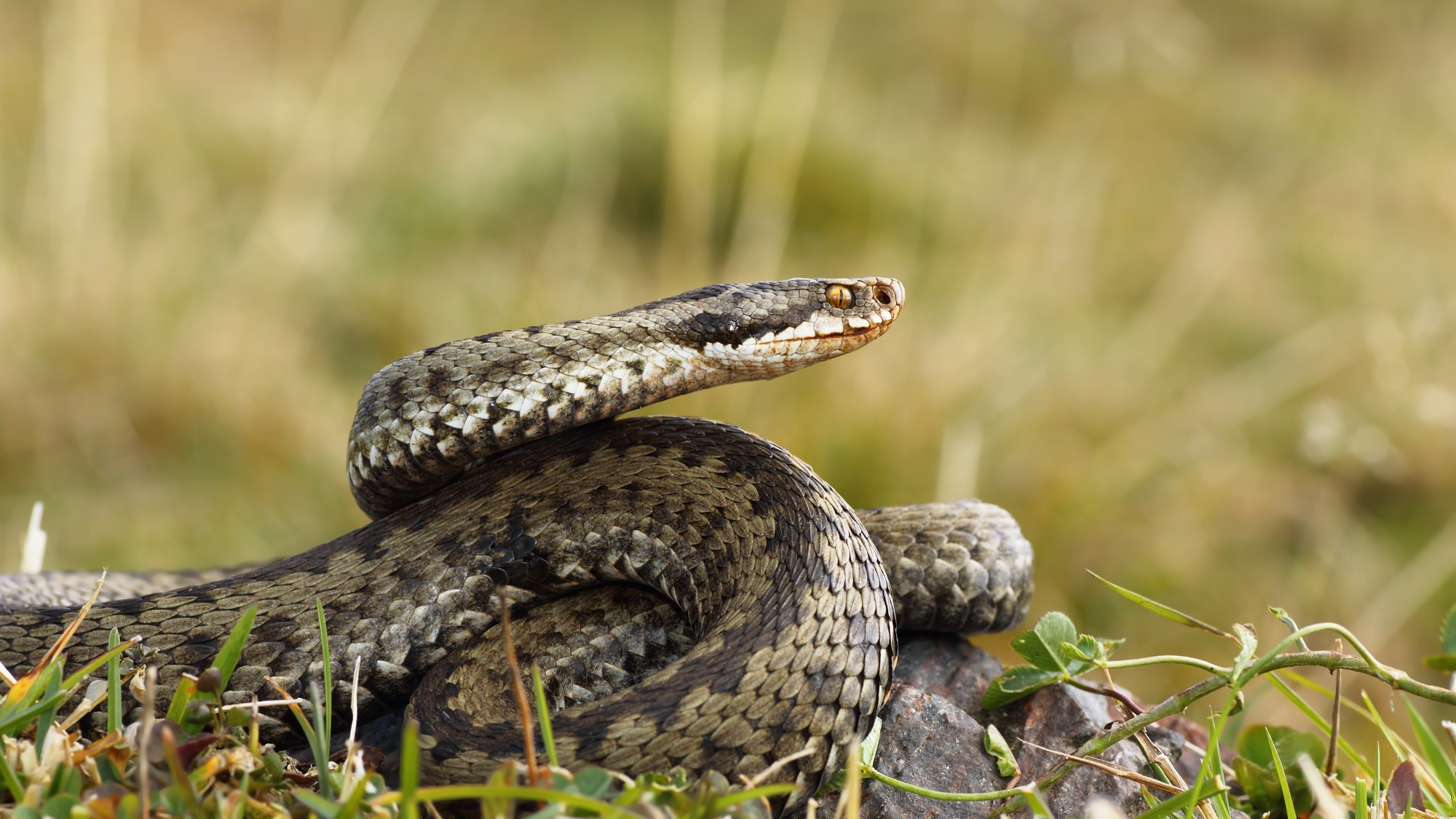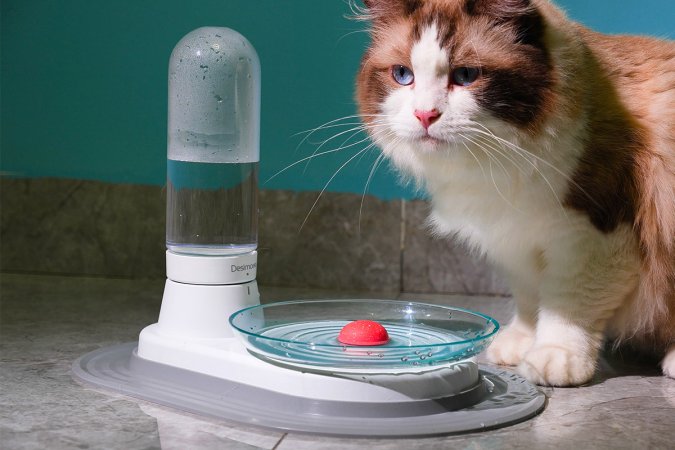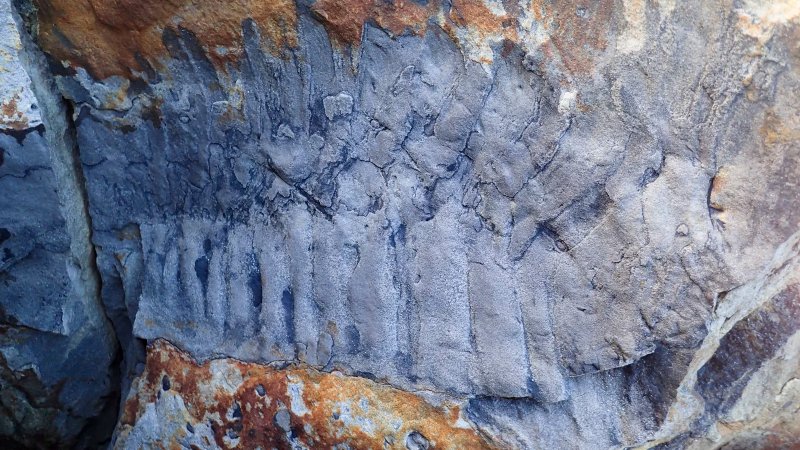

Snakes are best known for their venomous bites, ability to swallow prey as large as an alligator whole, and forked tongues and male genitals called hemipenes. However, female snakes also have some unique parts of their genitalia of their own. Two actually.
A first-of-its-kind study published Wednesday in the Proceedings of the Royal Society B, provides the first anatomical description of the female snake clitoris. It finds that at least nine snake species have not one, but two clitorises called hemiclitores.
[Related: Feast your eyes on this 50-million-year-old assassin bug and its exquisite genitalia.]
“Across the animal kingdom female genitalia are overlooked in comparison to their male counterparts,” study author and lead researcher Megan Folwell from the University of Adelaide in Australia said in a statement. “Our study counters the long-standing assumption that the clitoris (hemiclitores) is either absent or non-functional in snakes.”
An team of scientists from Australia and the United States contributed to the ground breaking research that examined female genitalia in adult snake specimens from nine species, compared to adult and juvenile male snake genitalia.
The snakes studied included the common death adder (Acanthophis antarcticus), three snakes native to Australia called Collet’s snake (Pseudechis colleti), the pygmy mulga snake (Pseudechis weigeli), and Ingram’s brown snake (Pseudonaja ingrami), the carpet python (Morelia spilota) that also lives in Australia in addition to Indonesia and other parts of the Pacific, the cantil viper (Agkistrodon bilineatus) from Mexico and Central America, the puff adder (Bitis arietans) from northern Africa and Arabia, Norman’s keelback (Helicops polylepis) from the Upper Amazon, and the Guatemalan milk snake (Lampropeltis abnormal).
Based on the CT scans of the species in the study, the cantil viper has the largest hemiclitoris and Ingram’s brown snake has the smallest.
“We found the heart-shaped snake hemiclitores is composed of nerves and red blood cells consistent with erectile tissue – which suggests it may swell and become stimulated during mating,” said University of Adelaide professor Kate Sanders, in a statement. “This is important because snake mating is often thought to involve coercion of the female – not seduction.”
[Related: We finally know how millipedes have sex, thanks to glowing genitals.]
The team found that like the two-part hemipenes in male snakes and lizards, females’ hemiclitores have sensitive nerves and erectile tissue. However, unlike in males, the females’ hemiclitores do not have hooks and spines that are believed to to assist in mating.The study allowed the team to provide accurate descriptions and labels of the genitalia of female snakes that can better our understanding of reproduction evolution and ecology in all snake-like reptiles, lizards included.
If more research confirms that a functional clitoris exists, it could challenge the assumption that sex is coercive in snakes and could advance the study of female genitalia throughout the animal kingdom.
Sara Ruane, the assistant curator of herpetology at the Field Museum in Chicago, told The Atlantic that learning about Folwell’s work was, “the first time I have ever even thought about,” snake genitalia having a female analog. Previous studies have mentioned snake clitorises, but Folwell and her colleagues argue that many of these mentions were misidentifications of hemipenes or scent glands.
“We are proud to contribute this research, particularly as female genitalia across every species is unfortunately still taboo,” said Folwell.
On that same note, Sanders added that the research would not have happened without Folwell’s fresh perspective on genital evolution. “This discovery shows how science needs diverse thinkers with diverse ideas to move forward,” said Sanders.























